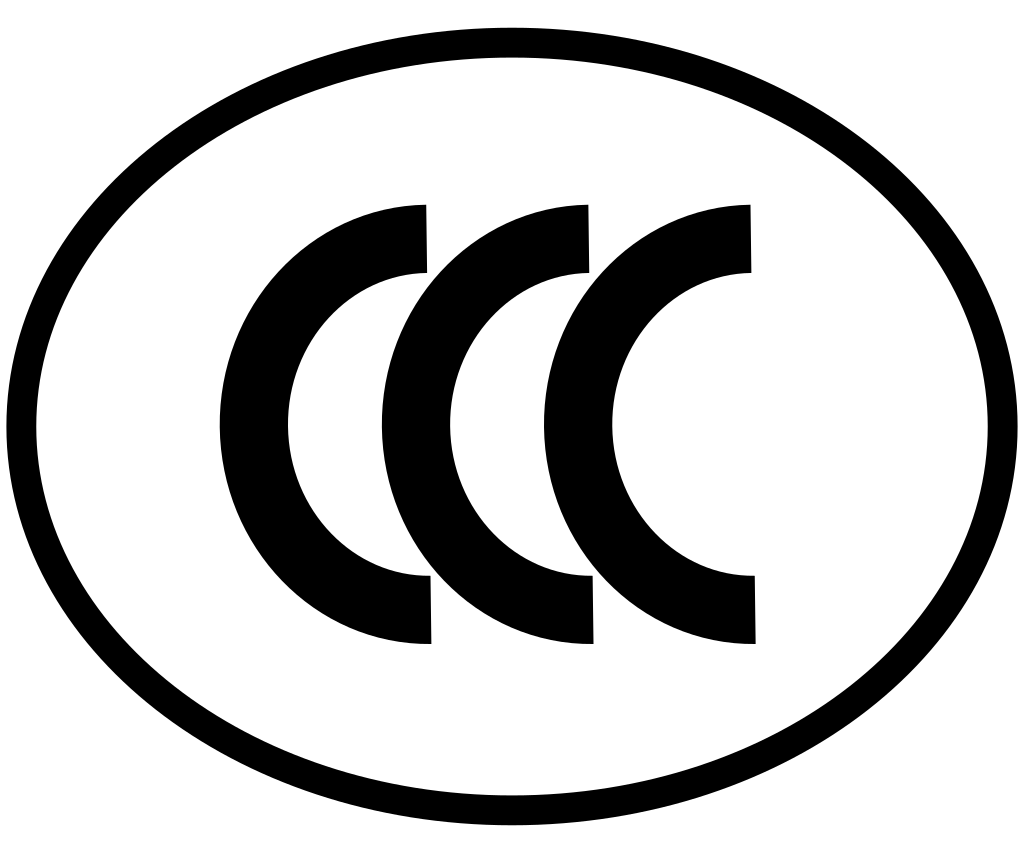Import: Standards, Testing, Etc.
Standards and Technical Regulations
Standards and technical regulations are created to defend the safety of humans, the environment, and the nation. The requirements may concern the features or quality of a product or the procedures for testing, certification, labeling, and so on. They relate to issues such as product development, production, packaging, storage, distribution, and marketing.
Standards are voluntary and are generally developed by a group of stakeholders, such as industry, consumers, public authorities, and researchers. Technical regulations are compulsory requirements set by governments. A standard may become a technical regulation if a government mandates it. At times, the term "mandatory standard" is also used to refer to technical regulations.
International organizations devoted to creating and administering standards include:
- International Organization for Standardization (ISO)
- International Electrotechnical Commission (IEC)
- International Telecommunication Union (ITU-T), telecommunication standardization sector
Within China, the following institutions are of importance:
General Administration of Quality Supervision, Inspection and Quarantine (GAQSIQ or AQSIQ)
The General Administration of Quality, Supervision, Inspection, and Quarantine (GAQSIQ) is the oversight body for quality control, metrology, certification and accreditation, technical barriers to trade, sanitary-phytosanitary (SPS) measures, and standards. It maintains the Catalogue of Entry-Exit Commodities Subject to Inspection and Quarantine, which lists products subject to mandatory SPS inspection and certification.
Standardization Administration of China (SAC)
Standardization Administration of China (SAC) is organized under GAQSIQ. It administers standards. Over half of China's standards have been brought into alignment with international ones, and the process is continuing.
Bureaus of Quality and Technical Supervision
These bureaus, one to each province, are also organs of GAQSIQ. They administer quality management at the provincial and local levels.
Testing
Accreditation
The China National Accreditation Committee for Laboratories (CNACL) and the Laboratory Accreditation Committee on Import and Export Commodity Inspection of China (CCIBLAC) accredit agencies to issue product certification. These bodies are members of the International Laboratory Accreditation Cooperation (ILAC).
China Compulsory Certification (CCC)
The China Compulsory Certification (CCC) safety license regulation requires manufacturers to obtain the CCC mark before exporting or selling in the Chinese market any products covered in the CCC catalogue. Products not meeting CCC requirements may be held at the border by Chinese customs and be subjected to other penalties. The application process for the CCC mark can take 60 to 90 days or longer and can be expensive (up to several thousand U.S. dollars).
- Requires testing at accredited laboratories in China
- Generally does not permit self-certification
- Requires submission of numerous technical documents
- Requires submission of a product sample to a Chinese testing laboratory
- Requires a factory inspection by Chinese officials at the applicant's expense
- Requires follow-up inspections every 12 to 18 months
The CCC Mark is administered by the Chinese Government Agency Certification and Accreditation Administration (CNCA). The China Quality Certification Center (CQC) is designated by CNCA to process CCC mark applications.
Exempt from CCC Certificate Requirement
Products that don’t require the CCC certificate need not bear CCC marks. These products include:
- Personal products that are brought into China by foreigners for personal use only
- Assistance products and products presented by governments
- Exhibition products
- Special purpose products (such as products for military affairs)
- Products imported /manufactured for research and development and testing purposes
Products being shipped into China for integration into systems only and re-exported out of China are also exempt from this requirement. These include:
- Products for export only according to the foreign trade contract
- Components imported to assess the technology of fetching in product line
- Repair parts for services to end-user or repair parts for EOL products
- Other special products as defined by existing laws
Products that are exempted from CCC certificates require a Special Exempt Approval for their CCC-free import. The application must be submitted to CNCA with documents to prove fulfillment of the eligibility conditions, such as liability insurance. After obtaining the Certificate of Exemption from CCC Certificate, the manufacturer may import, sell, and service the goods.
Labeling
Chinese labels must be made in accordance with the General Standard for Labeling of Prepackaged Foods for Special Dietary Use and General Standard for the Labeling of Prepackaged Foods issued by China’s Quality Supervision, Inspection and Quarantine Authority and the National Standardization Administration Committee for all packaged foodstuff to be imported. All packaged food products (except bulk) sold in China must have labels in Chinese stating all of the following information:
- Trademark
- Food name
- List of ingredients
- Net content
- Name and address of manufacturer and distributor
- Indication of production and expiry date
- Country of origin
- Nutritional facts
All content must be in Chinese characters, except for trademarks. The Chinese characters, symbols, and numbers on mandatory labels may not be smaller than 1.8 millimeters (0.07 in.) when the surface area of the packing material or container is greater than 20 square centimeters. Pinyin or foreign languages may also be used corresponding to the Chinese characters (except the name and address of the manufacturer of the imported food and the overseas distributor), but fonts used cannot be larger than the Chinese characters.
Imported packaged foods must have a Chinese label when imported to China. Those labels that do not meet Chinese labeling laws and regulations are refused entry.
Note: The above information is subject to change. Importers and exporters are advised to obtain the most current information from a customs broker, freight forwarder, logistics professionals, or local customs authorities.
Source: General Administration of Customs
Article written for World Trade Press by Taylor Holloran, Jennifer Goheen, and Nina Bellucci.
Copyright © 1993—2025 World Trade Press. All rights reserved.

 China
China 